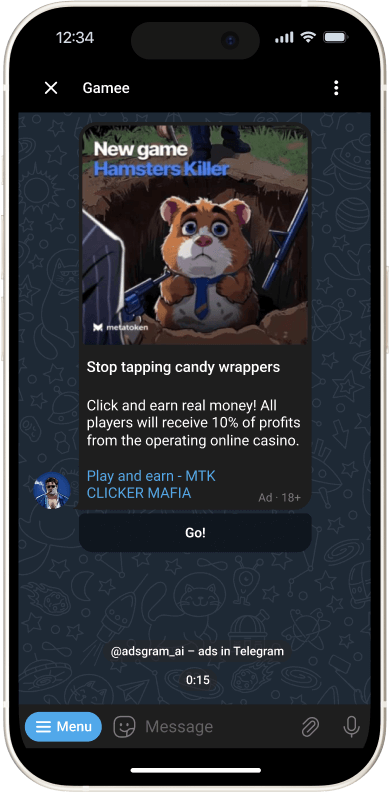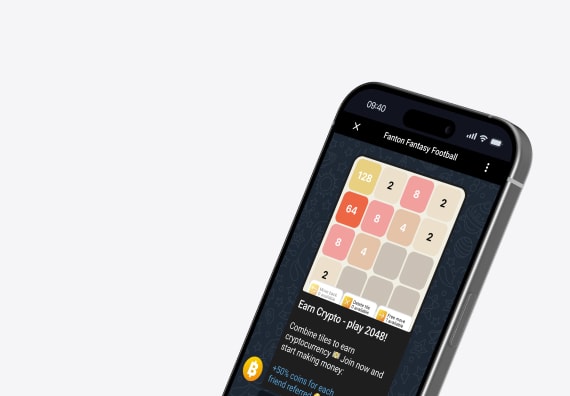Introduction
Web3 games are rewriting the rules of the gaming industry by giving players true digital ownership of their loot. Imagine this: your sword or avatar isn’t just stuck in the game’s servers—it’s yours, on the blockchain, ready to sell, trade, or showcase like a prized collectible with real-world value. That’s the magic of Web3 technologies.
For game development teams, it’s not just about slapping a price tag on a game or flooding it with ads. It’s about crafting gaming ecosystems where everyone wins—developers get sustainable revenue, and players earn real value for their time and effort. In other words, both sides can truly capitalize on the opportunities Web3 gaming brings.
Understanding Web3 Gaming and Monetization
So, what exactly makes Web3 games so different from traditional gaming? At their core, they’re built on Web3 and blockchain technology, which means decentralization, transparency, and opportunities to earn are baked right in. Players interact through tokens, smart contracts, and NFTs, turning the gaming experience from just fun into a financial playground.
Why Is Web3 Monetization Such a Big Deal?
True Ownership: Blockchain technology ensures that players own their digital assets outright. This means in-game items like swords, skins, or characters are stored in decentralized wallets, making them transferable, sellable, or even usable in other compatible games within the same game environment. No more worrying about losing everything if the game shuts down.
DeFi Integration: Decentralized finance (DeFi) mechanics add layers of earning potential. Players can trade tokens on decentralized exchanges (DEXs), stake their assets to earn rewards, or even provide liquidity for in-game economies to earn yield—all within the gaming ecosystem.
Fairness and Security: Blockchain’s transparent ledger ensures all transactions are public and immutable. This eliminates the possibility of fraud or manipulation, while smart contracts automate processes like payouts, ensuring fairness without relying on middlemen.
Key Monetization Models in Web3 Games
Let’s talk about the moneymakers in Web3 gaming. Here’s how developers are pulling in revenue and maintaining strong player engagement across different game genres in this rapidly evolving gaming landscape.
Play-to-Earn (P2E)
P2E games let players earn crypto or NFTs just by playing. These rewards are often distributed through blockchain-based smart contracts, ensuring fairness and transparency. Games like Axie Infinity turned this into a phenomenon, where players grind for tokens they can trade for real cash. However, designing a sustainable P2E model involves technical complexities like maintaining token liquidity, balancing reward issuance rates, and implementing anti-exploit mechanisms to prevent gaming the system.
This new monetization approach has transformed the gaming landscape entirely. Many Web3 gaming projects now focus on creating balanced economies where developers often use oracle services to fetch real-world data, like token prices, and adjust in-game rewards dynamically to keep the economy stable. The trick? Balance the rewards to keep the system fair and the economy sustainable without collapsing under inflation or speculation.
In-Game Assets and NFTs
Think rare skins, legendary weapons, or even virtual real estate in your game world. These unique game features allow developers to:
- Sell these items directly
- Earn royalties whenever players trade them on secondary markets
Players? They get to own, trade, and profit from their prized possessions, creating a robust player base that stays invested long-term.
Staking and Yield Farming
Got tokens or NFTs? Stake them to earn passive rewards or participate in yield farming to rake in more assets. In technical terms, staking involves locking your assets in smart contracts, which help maintain the liquidity of the game’s ecosystem. Players might also earn governance tokens, allowing them to influence future game design decisions.
Yield farming takes this a step further by letting players provide liquidity to decentralized exchanges tied to the game. Games like DeFi Kingdoms use Automated Market Makers (AMMs) to facilitate trades and rewards within their ecosystem, blending gaming with advanced financial tools to keep things fresh and lucrative.
Royalties and Secondary Market Sales
Every time a player resells an NFT, developers take a cut. It’s like earning royalties on a hit song—steady revenue long after the initial sale. This creates new revenue streams that traditional game models simply can’t match, providing game studios with sustainable revenue streams they can count on. For those investing in Web3, this represents a fundamental shift in how digital entertainment can earn ongoing revenue.
Subscription and Membership Models
Want exclusive perks or early access? Subscription tiers are becoming a hit in the gaming market. Premium memberships can unlock rare content, bonus rewards, or special in-game privileges, especially when combined with regular game updates that keep content fresh. This ensures developers can generate revenue consistently while improving player retention. This approach works particularly well in mobile gaming, where users expect frequent content updates.
In-App Advertising
Looking for a scalable way to monetize without disrupting gameplay? In-app advertising is becoming an increasingly popular option in Web3 games. By integrating native ads through platforms like AdsGram, developers can tap into segmentation tools and performance metrics such as CPM, CTR, and eCPM to optimize revenue. Because ads are seamlessly woven into the game environment, players are less likely to feel interrupted, while developers gain a sustainable income stream that grows with their user base. This model works especially well for free-to-play titles, where accessibility is key and monetization happens in the background.
| Model | How It Works | Example |
| Play-to-Earn | Players earn tokens or NFTs through gameplay. Rewards can be used in-game, traded for crypto, or sold for real money. | Axie Infinity |
| In-Game NFTs | Unique items, such as characters, weapons, or skins, are minted as NFTs. Players can buy, sell, or trade them on marketplaces. | Gods Unchained |
| Staking & Yield | Players lock in-game tokens or NFTs to earn interest, rewards, or additional items. This helps stabilize the game economy. | DeFi Kingdoms |
| Royalties | Developers earn a percentage from every resale of NFTs on secondary markets, creating a continuous revenue stream. | The Sandbox |
| Subscription Tiers | Players pay for memberships that provide perks like early access, exclusive content, or premium items to enhance gameplay. | Alien Worlds |
| In-App Advertising | Integration of native ads through platforms like AdsGram. Provides scalability, segmentation, and revenue based on metrics like CPM, CTR, and eCPM. | AdsGram |
Setting Up a Monetization Strategy
Let’s get strategic. If you’re diving into game monetization, here’s your roadmap for implementing innovative monetization strategies that focus on blockchain gaming monetization:
- Know Your Players: Are you targeting casual gamers or hardcore crypto enthusiasts? Understanding your audience is crucial for any blockchain game success. The relationship between monetization and player satisfaction is delicate and requires careful balance.
- Design Smart Tokenomics: Avoid inflation by capping token supply. Create “sinks”—ways players can spend tokens—like upgrades or exclusive items. This is where solid game mechanics make all the difference.
- Reward Engagement: Keep players coming back with bonuses, rare drops, or seasonal events. These revenue opportunities help maintain an active community and establish a steady revenue stream.
Pro Tip
“A Web3 game economy is like a high-performance car—it needs fuel, regular tune-ups, and precision handling.” — Blockchain Gaming Expert
Fuel your economy with desirable assets. Maintain it by monitoring for inflation or deflation. And keep it balanced with thoughtful tweaks that ensure long-term value for both players and developers.
Challenges and Considerations
Monetizing Web3 games’ potential isn’t all sunshine and rainbows. Let’s talk about the roadblocks:
Regulations: Crypto laws vary wildly, so keep an eye on the legal landscape. Development Costs: Blockchain integration isn’t cheap—it’s an investment that affects your overall revenue model. Market Swings: Crypto values can be as unpredictable as a boss fight, impacting additional revenue projections.
Avoid Over-Monetization
Nobody likes a cash grab. Focus on creating value for players instead of nickel-and-diming them. A balanced approach will keep your audience happy and your game thriving. Even mobile game developers are learning this lesson as they transition from traditional monetization methods to more player-centric approaches, focusing on retention and monetization balance.
Conclusion
Web3 games are more than just fun—they’re a revolution in how we think about gaming and value. By leveraging game monetization models like P2E, NFTs, and staking, developers can create ecosystems where everyone wins.
The future of Web3 gaming is bright, and gaming projects are just getting started. Whether you’re in game publishing or building the next big hit, the gaming space offers unprecedented opportunities. The future of gaming belongs to those who understand how to create a sustainable revenue model while delivering exceptional experiences.
Ready to monetize and make your mark in Web3? Let’s go!


